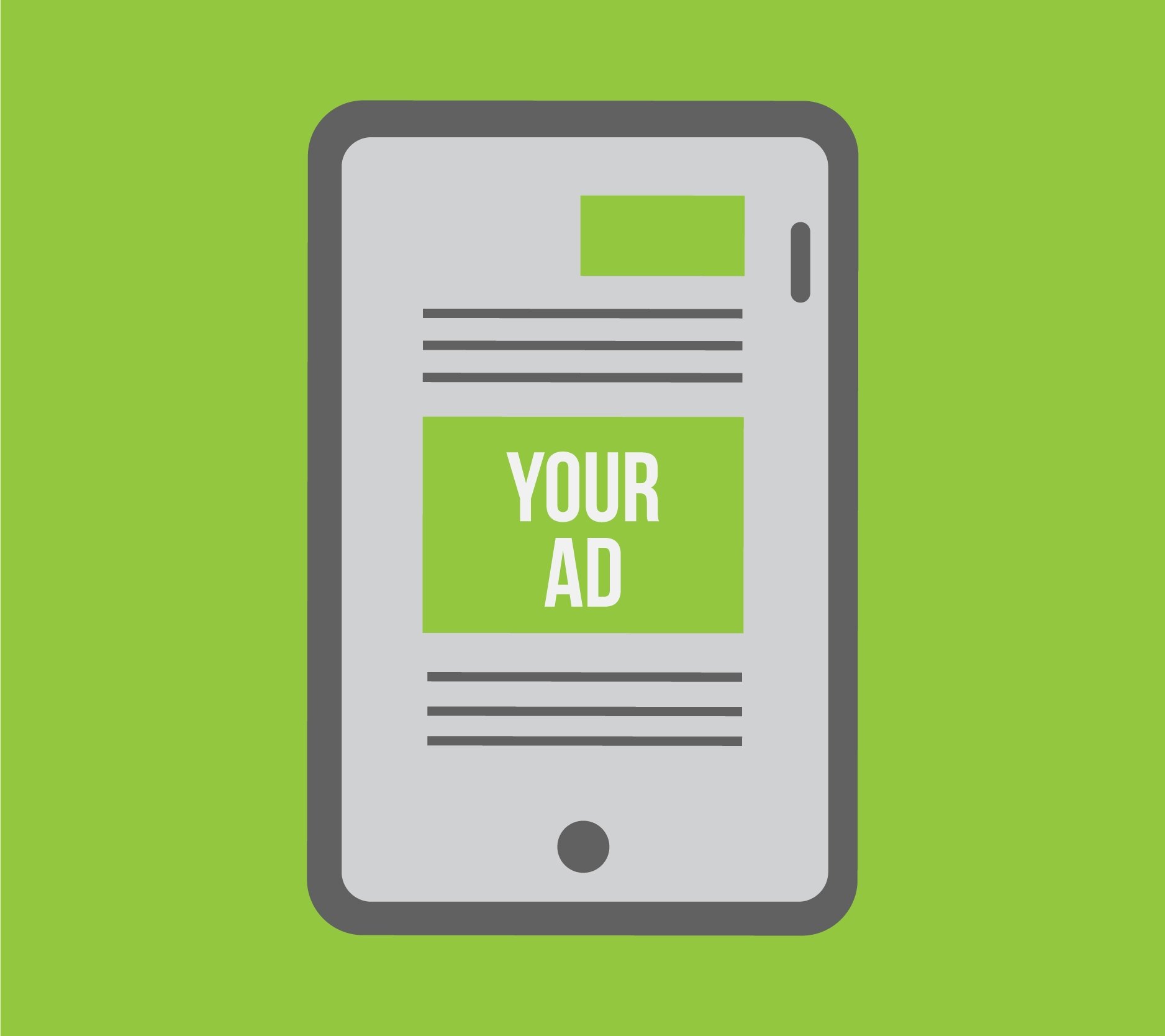The media planning process can feel daunting without proper guidance. You need to build your brand through the right media efforts to tell your story and give you the best ROI. No one-size-fits-all media plan exists, so it’s important to look beyond the data and understand the human factor. Your media plan should aim to reach target individuals with unique qualities, characteristics, and needs. Here are the seven key steps to follow when going through the media planning process.
1. Clarify the objective.
It’s impossible to develop a media plan without knowing what you want to achieve. Start your planning process with an overall goal. The options are endless, but here are some typical examples.
Build brand awareness
This goal is especially important for new businesses. By using various media, your aim is to tell or show your target audience what your company and the people behind it are all about. Refer to your positioning statement to help guide what types of media will be best for this objective.
Establish expertise
Why should your target audience trust you? The idea behind this media plan objective is to show or tell them why you are the expert in your industry. The more people see you and your business as the authority, the more likely they are to build a relationship with you and buy your product or service.
Provide information
Audiences are holding companies to a higher standard. They want them to provide useful information, not just sell their products. Use this goal to provide people with insights they can use in their professional or personal lives.
Generate leads
If you’re eyeing this as a potential media planning objective, you probably have a good idea of the target audience you want to go after. Use it to build a strong potential customer base by showing different ways your product or service helps alleviate specific pain points.
Create conversions
Provide a means for a potential customer to actively seek more information or create an ongoing connection with the organization.
2. Research your target audience and develop buyer personas.
How in-depth you want to dive into researching your target audience is really up to you and your budget. Still, you probably have a pretty good idea of who buys what your business sells. Really take some time and think about how each of these attributes builds your ideal customer (and remember, you can have more than one).
Demographics
Start with the basics: How old is your buyer? What’s their household income? Where do they live? Are they married or single? What’s their education level? Are they male or female? Demographics are statistical, so it’s fairly easy to find accurate data by location with a little digging.
Background
This buyer attribute goes a step further and builds out a persona’s life. What job do they currently hold? What career path did they follow to get to that position? What’s their lifestyle like? Where do they like to eat/shop/vacation? How do they like to save and spend their money? Have fun and get as detailed as possible!
Identifiers
How does your ideal customer like to communicate? What social media platforms do they use (if any at all)? These identifiers are going to look very different for audiences in different life stages, so take time to consider this. Remember, this will be a great clue for how your company can reach them best.
Goals
For this attribute, you may be tempted to only focus on a goal your product or service can solve. Don’t waste this opportunity! Think about all types of goals your target audience might have: primary, secondary, personal, and professional.
Pain points
Now that you’ve identified goals, think about the roadblocks preventing them from achieving them. These are your buyer’s pain points—issues your business can solve for them through providing information or selling them your product or service.
Once you have identified all of these attributes, it’s time to write up some buyer personas. Referring to these for marketing decisions will help you steer your message in the right direction.
3. Define your PACT or SMART goals.
Once you’ve established your media planning goal and the ideal customer you want to reach with your media message, it’s time to get specific. In order to reach your objective, you need to develop a framework to plan and achieve it. Two methods are SMART and PACT. SMART goal setting, which was developed in the 1980s focuses on outcome. PACT goal setting, created as an alternative to SMART, focuses on output. Decide which method works best for you and your media planning goals.
4. Analyze historical data.
Refer back to a previous media plan to get an idea of what worked and what didn’t. Take note of visitor engagement. Which articles did they read most? Which posts got the most likes? Where did they spend most of their time interacting? Use these insights to guide your new plan.
5. Choose your media mix.
Once the previous parameters are in place, it’s time for you and your marketing agency to look at your creative components and messaging to formulate an impactful strategy. These elements play a huge role in deciding where your media should go. The idea is to come up with strategies that deliver messages in a creative, strategic way.
For example, if your ideal buyers includes people in their 20s-30s, they likely consume more OTT than traditional television. Therefore, advertising on a platform like Hulu will be more impactful than advertising on cable TV.
Your marketing agency will help you determine media mix will work best. Media types can include, but are not limited to:

Outdoor

TV and OTT
(Hulu, Paramount, etc.)

Radio

Digital


Digital Audio
(Pandora, Spotify, etc.)

Experiential
(pizza boxes, coffee sleeves, etc.)
6. Set the budget.
Now it’s time to think about the financial aspect of your media planning process. Work with your marketing agency to discuss costs associated with printing, video production, ad placements, and more. Also include some extra funds for unexpected expenses that may arise.
7. Put your media plan into action with media buying.
Whew! It’s finally time to put your media plan to work! Once your media placement is decided upon, the last step in getting your media plan out to your target demographic is media buying. This step involves negotiating with the vendor for the right price and the right placement.
Media buying at Holland Adhaus
At Holland, we work to garner the best delivery on a buy within the client’s budget framework. No matter your budget, we will work with you to get the best possible buy to get your message to your target audience. We will help you get the most out of your creative messaging.
After we have determined your media placement, we then get to work on negotiating the rates with each vendor. We also negotiate for extras (bonus spots, extra promotions, homepage takeovers) to give more for your dollars to enhance your campaign.
Finally, after we have gotten you the best placement and price for your messaging, we complete the buy.
Our post-buy process
However, once the buy is completed, our job is far from over. Our post-buy process includes, but is not limited to:
- Monitoring the buy
- Staying in touch with reps to ensure things run as scheduled
- Running a post-buy on the schedule to make sure it delivers against the projected plan
- Asking for make-goods or credits or additional spots on the next flight should it not deliver against projections
- Pulling a post-buy analysis report that we include with our monthly or quarterly reporting to our clients
If you’re still feeling overwhelmed by the media planning process, we get it! At Holland Adhaus, we’re a team of professionals who love this stuff. Nothing would delight us more than taking this off your plate—it’s what we do! From traditional media to digital advertising expertise, we can develop media plans for both national companies and small businesses right here in Cincinnati.

Lisa Specht
Media & Public Relations Director, Holland Adhaus
With her diverse experience as a Media Director as well as an agency partner, Lisa brings over 25 years of media planning and buying, public relations, event planning, project management, and account service to the Holland team.


